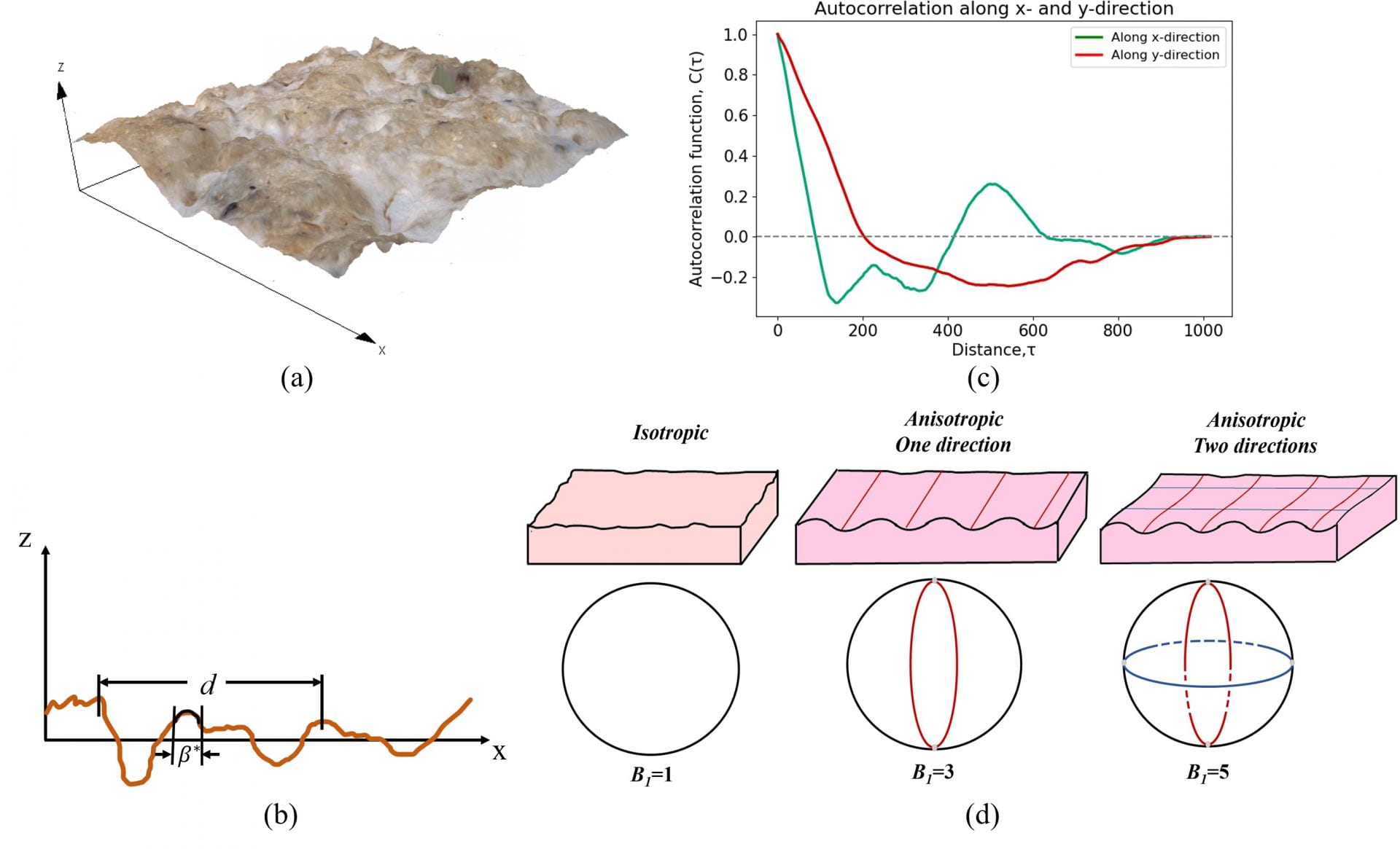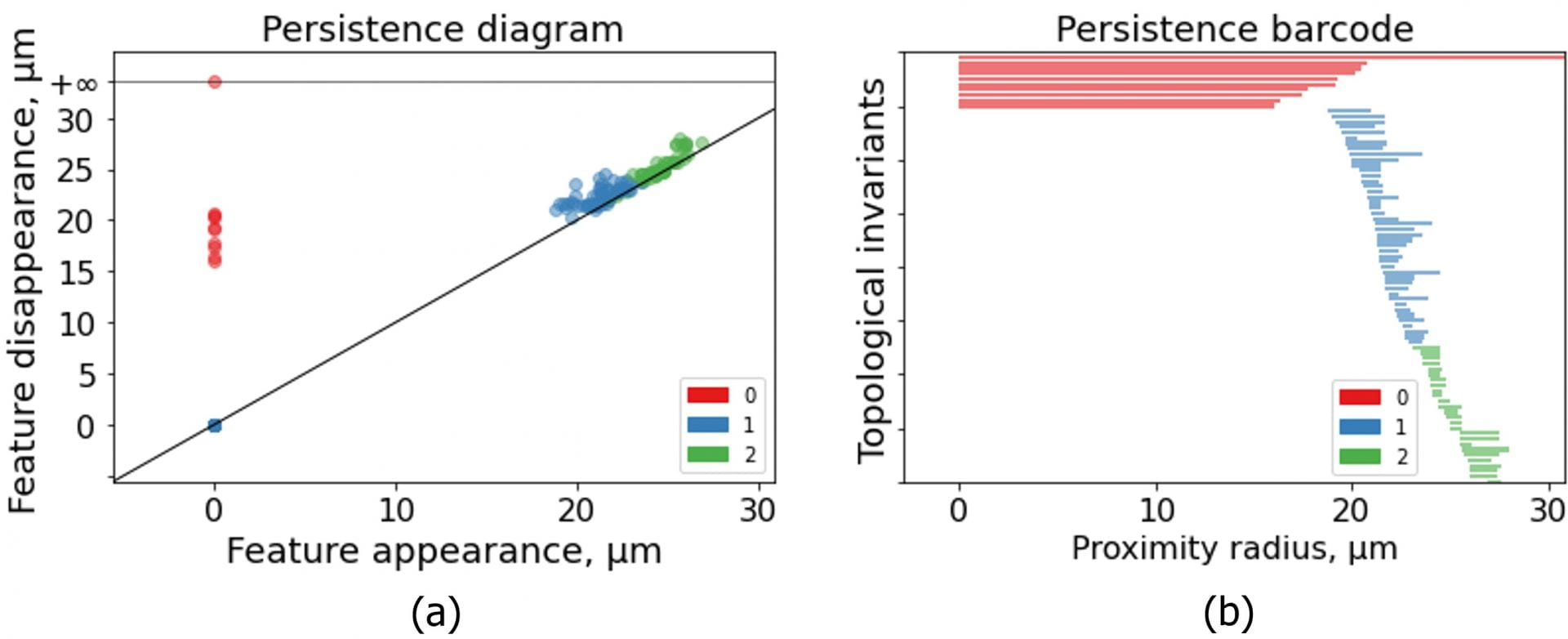Our new triboinformatics paper just got accepted: Md Syam Hasan and Michael Nosonovsky 2021 “Topological data analysis for friction modeling” Europhysics Letters, DOI: https://doi.org/10.1209/0295-5075/ac2655
Abstract – Dry sliding friction is a complex but ubiquitous phenomenon. Experimental studies of friction produce large amounts of data, while most models are phenomenological rather than deduced from fundamental principles. Proper identification of relevant degrees of freedom is crucial for the development of adequate frictional models, such as the state-and-rate models. Topological data analysis is a mathematical method for dimensionality reduction for datasets characterizing surface roughness, contact of rough surfaces, and frictional sliding. We study tribological systems including the surface roughness and multiasperity contacts using 3×3, 4×4, and 5×5 pixel patches. Depending on whether the surface is isotropic or anisotropic with particular lay directions, the data tends to concentrate at certain “primary” and “secondary” circles yielding different values of the Betti numbers. Scale dependency of corresponding structures is analyzed with persistence diagrams. Moreover, statistics of stick-slip zones can provide insights into relevant internal degrees of friction.
Note that “data topology analysis” deals with data-points in a multidimensional dataspace (this is different from the topography of the actual 3D surface roughness profile.

(a) Confocal microscopy image of the roughness profile of a ceramic tile surface (b) schematic diagram of the correlation length in the roughness profile, (c) autocorrelation function for surface roughness along x- and y-direction, and (d) isotropic and anisotropic distribution of surface roughness

(a) Persistence diagram and (b) persistence barcodes for the surface roughness dataset.